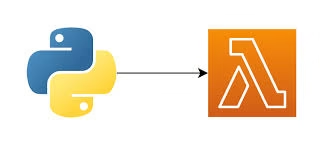Generators in Python
Generators in Python are a special type of iterable, allowing you to iterate over a sequence of values without storing the entire sequence in memory at once. They are particularly useful when working with large datasets or sequences that would be inefficient to store entirely in memory. Instead, generators produce values one at a time, … Read more








